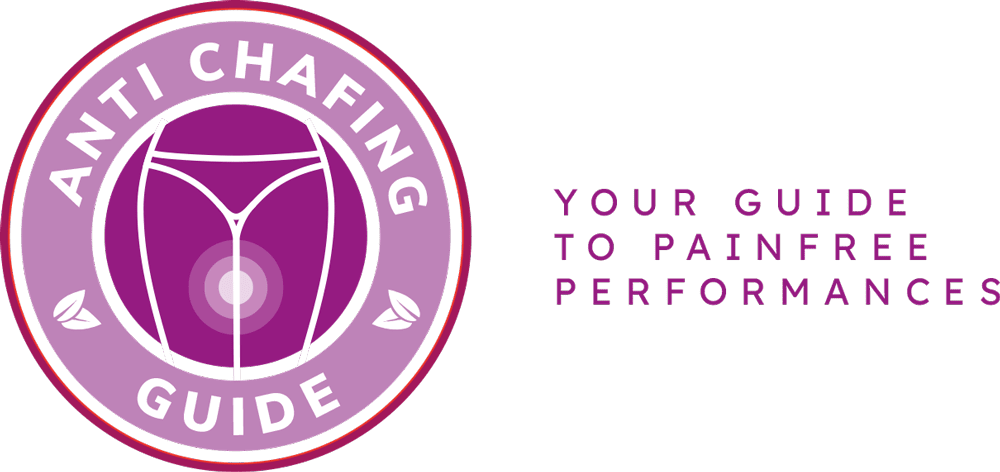Chafing is an uncomfortable condition that many people experience, but what exactly causes it? In this article, we will delve into the surprising culprits behind chafing and reveal some unexpected factors that contribute to this irritating problem.
One of the key factors that can exacerbate chafing is the type of fabric you wear. Certain materials can rub against the skin and create friction, leading to chafing. However, there are also fabrics that can help alleviate this issue. For example, moisture-wicking fabrics can help keep your skin dry and reduce the likelihood of chafing. It’s important to choose clothing made from breathable materials that allow air to circulate and prevent excessive sweating.
Another factor that can contribute to chafing is body shape and weight. Different body types may have areas where skin rubs against skin more frequently, increasing the risk of chafing. Understanding your individual body characteristics can help you identify potential problem areas and take proactive measures to minimize discomfort. This can include using lubricants or wearing protective clothing in those specific areas.
By exploring these causes of chafing and identifying unexpected factors, we can better understand how to prevent and manage this uncomfortable condition. Remember to choose the right fabrics and consider your body shape and weight when it comes to preventing chafing. Stay comfortable and chafe-free!
Fabric Choices
Fabric choices play a crucial role in determining whether chafing will be alleviated or exacerbated. The type of fabric you wear can make a significant difference in your comfort levels. Certain materials are more prone to causing friction and irritation, leading to chafing, while others are designed to minimize these issues.
When it comes to preventing chafing, it is important to opt for fabrics that are breathable, moisture-wicking, and smooth. These properties help to reduce friction and keep your skin dry, preventing the buildup of moisture that can contribute to chafing. Some of the best materials for preventing chafing include:
- Microfiber: Known for its softness and moisture-wicking properties, microfiber is an excellent choice for preventing chafing.
- Cotton: Natural and breathable, cotton is a popular fabric that can help keep your skin dry and comfortable.
- Moisture-wicking synthetic blends: Fabrics like polyester and nylon blends are designed to wick away moisture, keeping your skin dry and reducing the risk of chafing.
By choosing fabrics that prioritize comfort and moisture management, you can significantly reduce the likelihood of chafing and enjoy a more pleasant experience.
Body Shape and Weight
When it comes to chafing, body shape and weight can play a significant role in determining the level of discomfort experienced. Different body types have varying levels of friction and moisture in certain areas, which can increase the likelihood of chafing. For example, individuals with larger thighs or a more curvaceous figure may experience more friction between their skin, leading to chafing in those areas.
Fortunately, there are strategies that can be implemented to minimize discomfort based on individual body characteristics. One effective approach is to wear clothing that provides proper support and reduces friction. Opting for moisture-wicking fabrics can also help to keep the skin dry and prevent chafing. Additionally, using anti-chafing products or applying a lubricant, such as petroleum jelly, can provide a protective barrier between the skin and clothing.
It’s important to remember that everyone’s body is unique, and what works for one person may not work for another. Experimenting with different clothing materials, sizes, and styles can help individuals find the best solution for their specific body shape and weight. By understanding how body characteristics can impact chafing and exploring strategies to minimize discomfort, individuals can take proactive steps towards preventing chafing and enjoying a more comfortable experience.
Frequently Asked Questions
- What are the common causes of chafing?
Chafing can be caused by a variety of factors, including friction between skin and clothing, excessive moisture, and repetitive motion. It commonly occurs in areas where skin rubs against skin, such as the inner thighs, underarms, and nipples.
- How can fabric choices affect chafing?
The type of fabric you wear plays a significant role in preventing or exacerbating chafing. Fabrics that are rough, non-breathable, or have seams in sensitive areas can increase friction and irritation. Opt for moisture-wicking, breathable materials like cotton, bamboo, or synthetic blends to reduce the risk of chafing.
- Does body shape and weight impact chafing?
Yes, body shape and weight can influence the likelihood of chafing. Areas with more skin folds or where skin rubs together are more prone to chafing. Individuals with larger bodies or those who engage in activities that involve repetitive motion may also experience increased chafing. Implementing strategies like wearing proper-fitting clothing and using lubricants can help minimize discomfort.
- Are there any preventive measures for chafing?
Absolutely! Besides choosing appropriate fabrics, you can apply anti-chafing balms or creams to reduce friction, wear moisture-wicking undergarments, and keep the affected areas clean and dry. Additionally, staying hydrated and maintaining a healthy weight can contribute to preventing chafing.
- When should I seek medical attention for chafing?
While most cases of chafing can be managed at home, it’s important to seek medical attention if the affected area becomes infected, shows signs of severe inflammation, or does not improve with self-care measures. A healthcare professional can provide proper diagnosis and recommend appropriate treatment.


Keith is originally from Truckton, Colorado. The 54-year-old cared for his overweight wife for many years. Keitch is also a freelance editor at antichafing.net and supports the team as a competent advisor. In his spare time Keith enjoys reading books, visiting his homeland and is a passionate product tester for well-known manufacturers.
